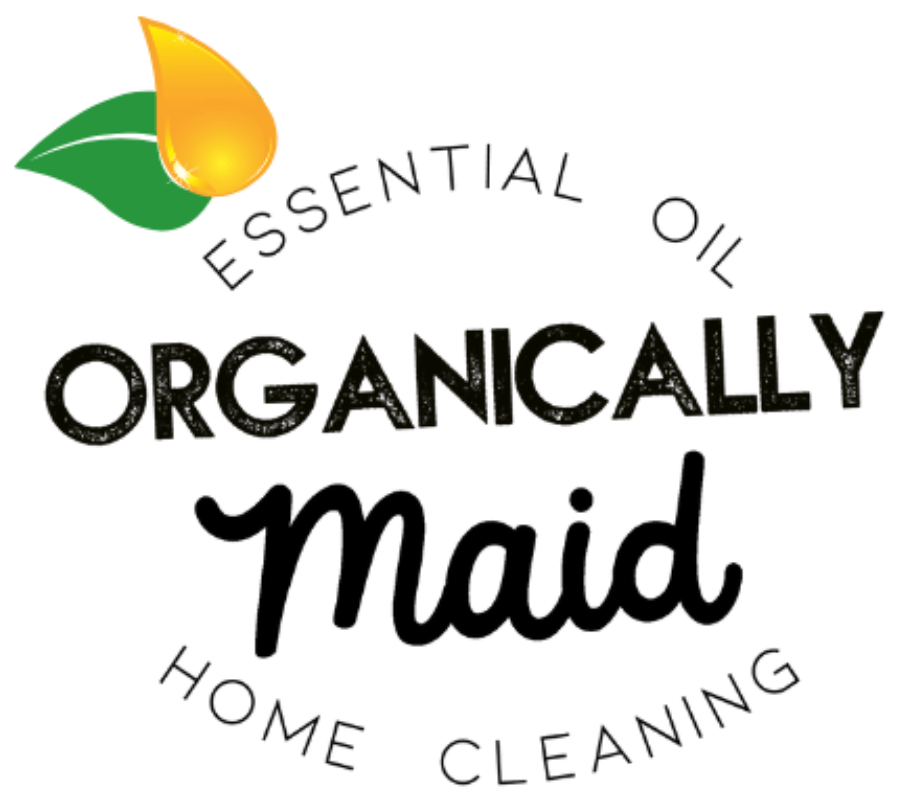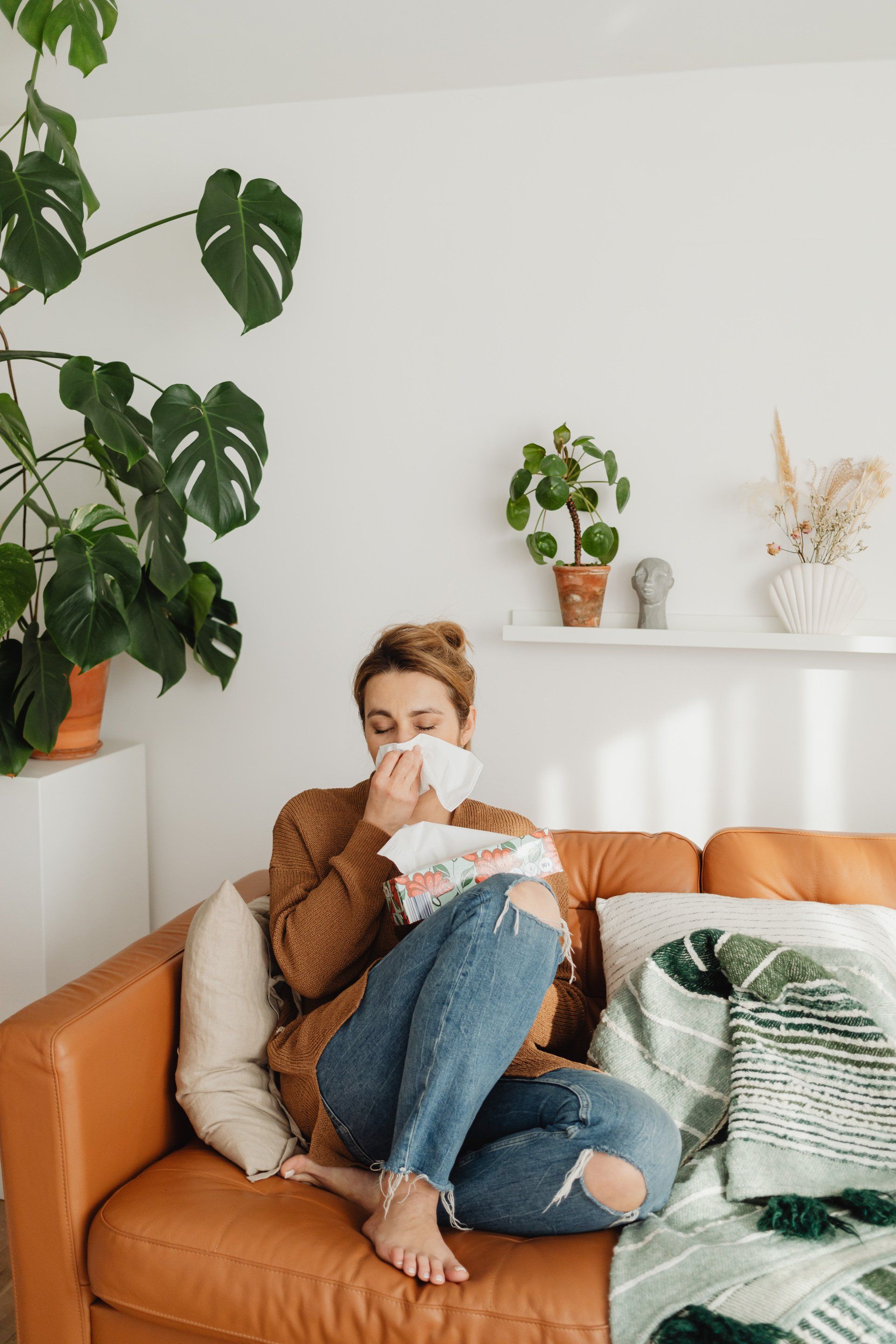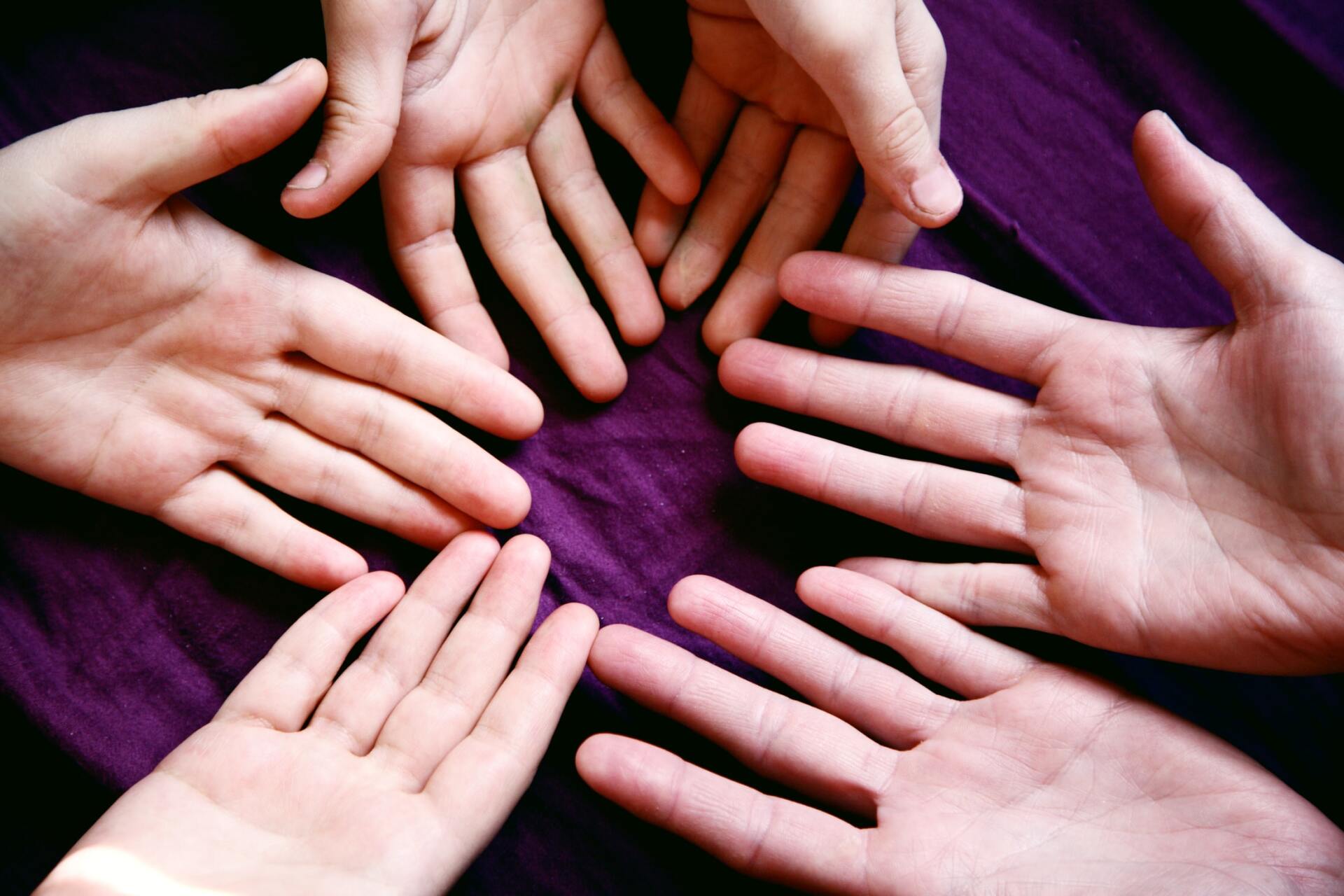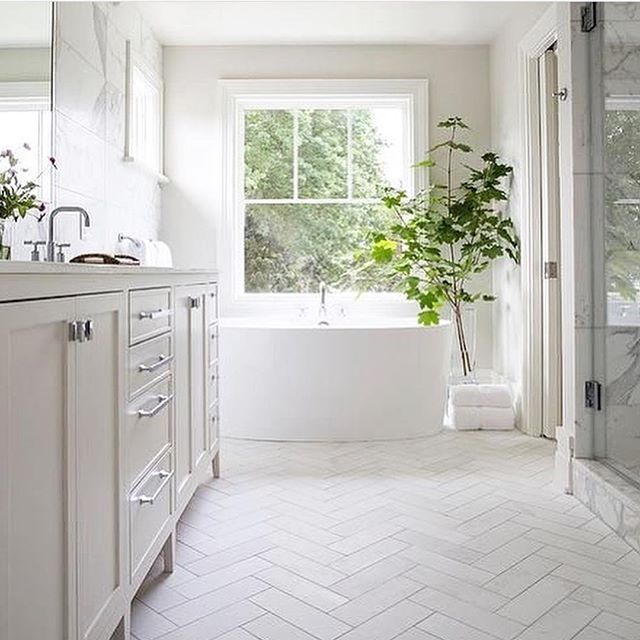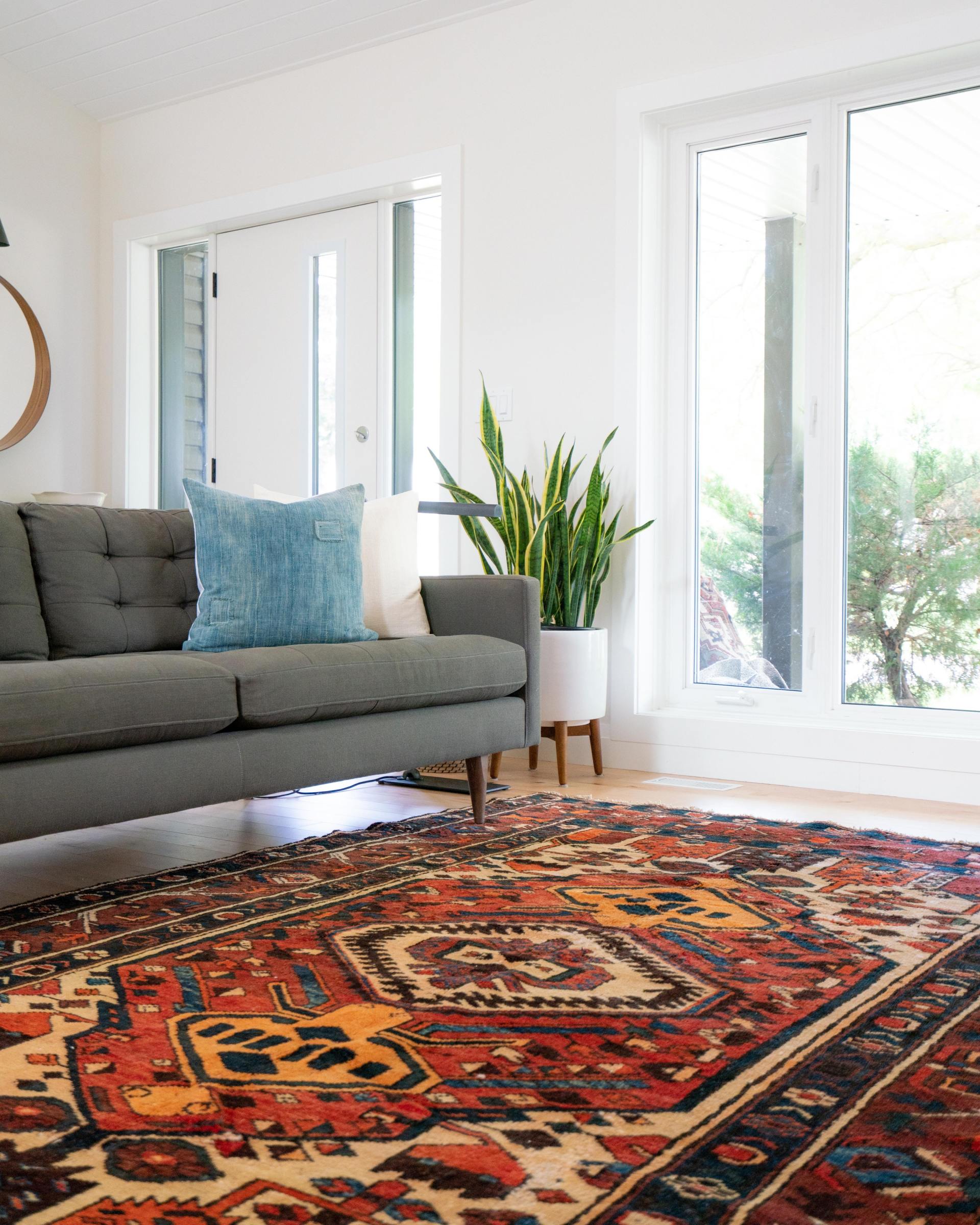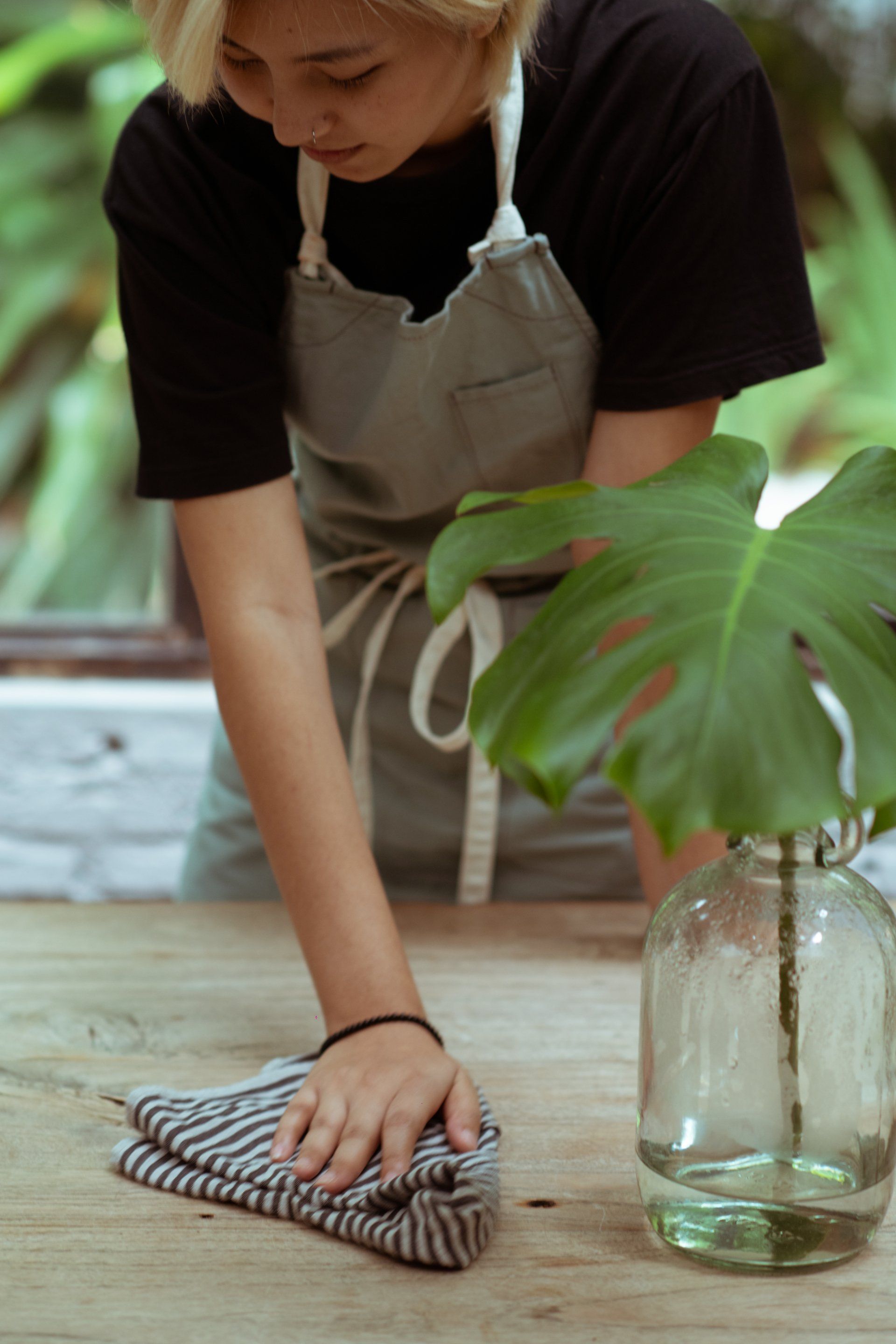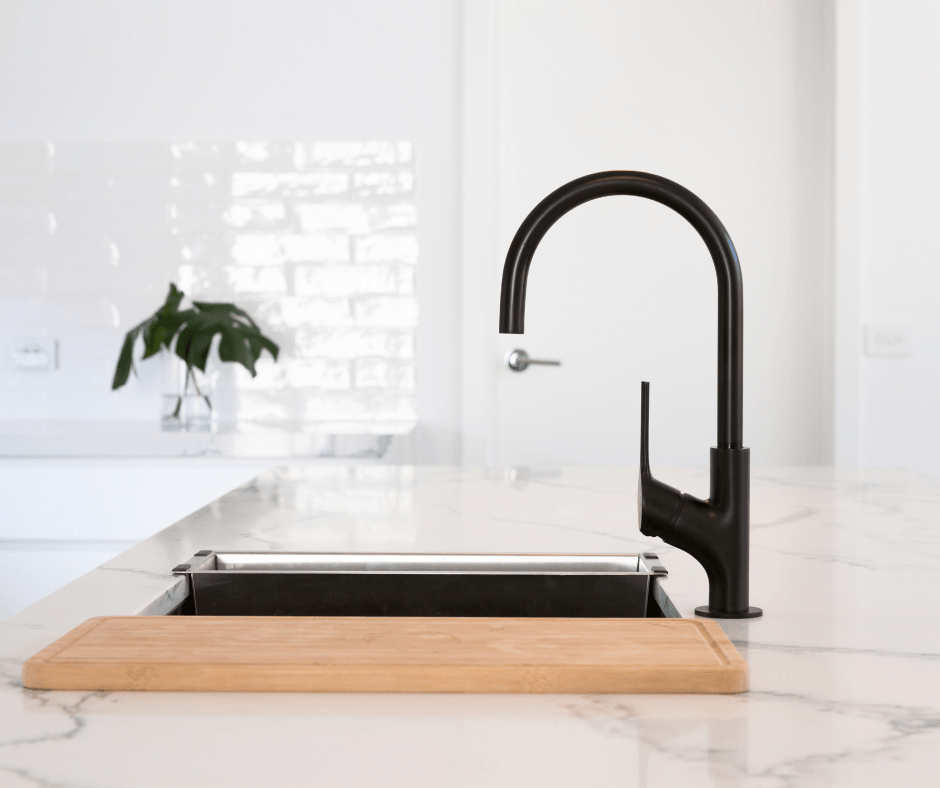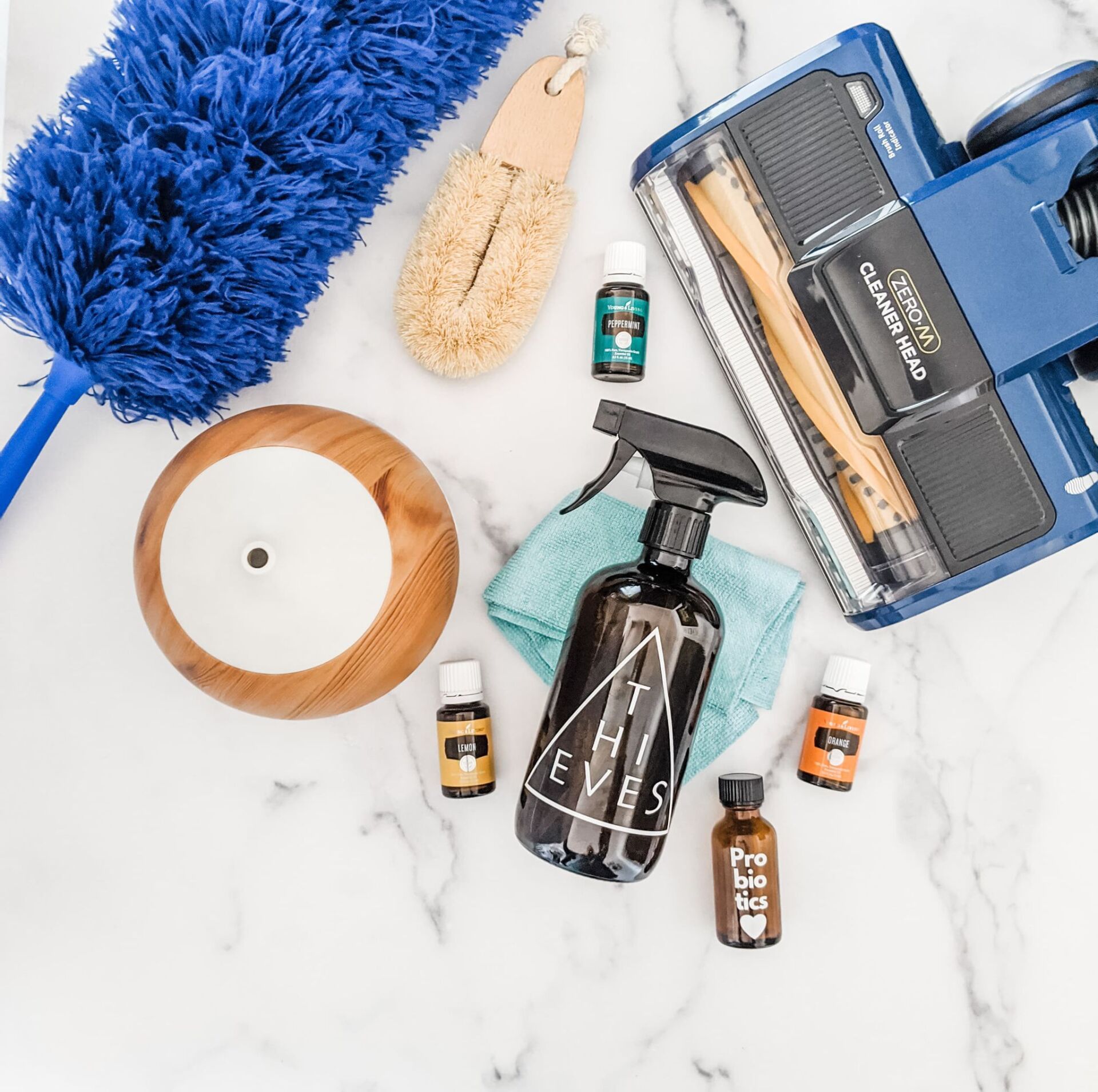The Art of Eco-Friendly Packaging
Choosing Sustainable Options
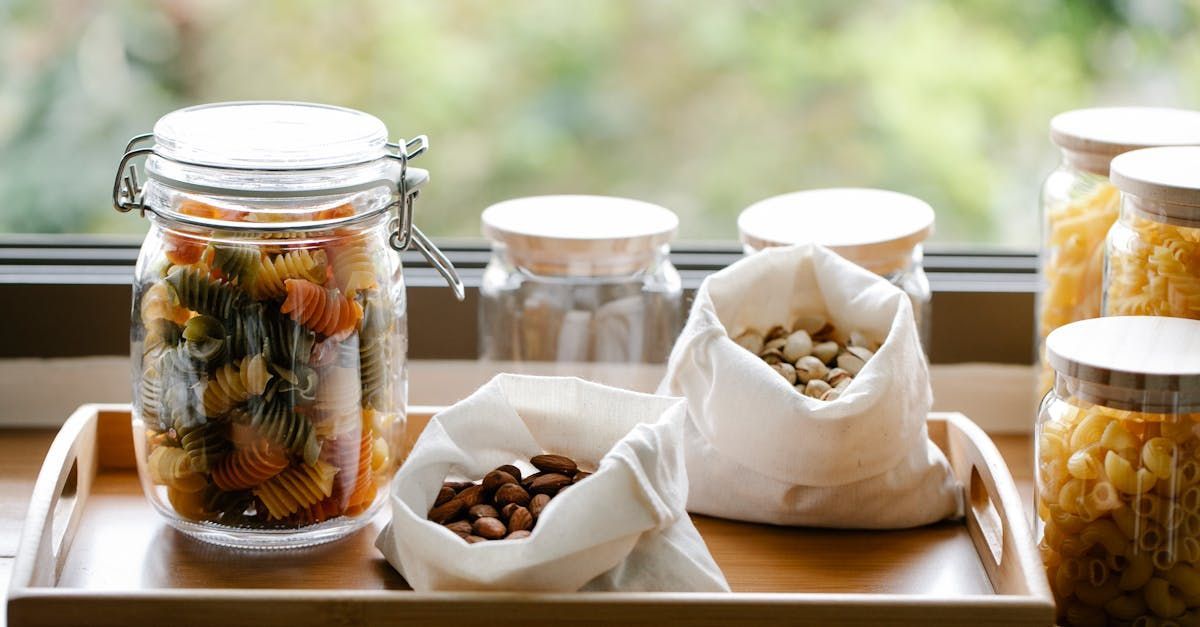
As more consumers become environmentally conscious, the demand for eco-friendly packaging has grown. For businesses like Organically Maid, choosing sustainable packaging isn’t just a trend—it’s a commitment to reducing environmental impact. Eco-friendly packaging plays a crucial role in the fight against plastic waste and environmental degradation. Here’s how to approach the art of eco-friendly packaging and why it matters.
Why Eco-Friendly Packaging Is Important
Packaging is a major contributor to waste. Traditional materials, such as plastic, take hundreds of years to decompose, leading to pollution and harmful effects on ecosystems. By opting for eco-friendly alternatives, businesses and consumers can significantly reduce their environmental footprint. Eco-friendly packaging:
- Reduces landfill waste
- Minimizes carbon emissions during production
- Supports recycling and reuse
- Preserves natural resources by using sustainable materials
Sustainable Packaging Materials to Consider
There are numerous options available when it comes to sustainable packaging. Each has its advantages and specific use cases. Here are some eco-friendly materials you can choose for packaging:
1. Recycled Paper and Cardboard
Recycled paper and cardboard are popular choices due to their biodegradability and recyclability. They’re excellent for creating boxes, wrapping materials, and inserts for shipping. Using these materials helps reduce the demand for virgin paper, thus saving trees and lowering energy consumption during production.
2. Biodegradable Plastics
Biodegradable plastics, made from plant-based materials like corn starch or sugarcane, break down more quickly than conventional plastics. They’re a more sustainable option for packaging that requires durability, such as cleaning product bottles. However, it’s important to choose biodegradable plastics that fully decompose without leaving harmful residues.
3. Compostable Materials
Compostable packaging materials, such as plant-based polymers, can decompose in a composting environment without releasing toxins. These materials are ideal for single-use items like wrappers and bags. Compostable packaging supports the circular economy, as it can be returned to the earth as nutrient-rich soil.
4. Glass
Glass is a highly sustainable packaging option because it is endlessly recyclable and doesn’t degrade in quality after multiple uses. While heavier than other materials, it’s a great option for reusable containers, such as jars for cleaning solutions. Its durability and resistance to chemicals make it ideal for storing natural products.
5. Bamboo
Bamboo is one of the fastest-growing plants, making it a highly renewable resource. It can be used for packaging inserts, product containers, and even labels. Bamboo packaging is strong, lightweight, and biodegradable, making it an excellent alternative to traditional plastics or paper.
6. Organic Cotton
For cloth-based packaging options, organic cotton is a great eco-friendly choice. It is free from harmful pesticides and chemicals, and it is reusable. This makes organic cotton bags or pouches an excellent sustainable packaging solution for carrying cleaning products or as promotional giveaways.
Designing Packaging with Purpose
Eco-friendly packaging isn't just about the material—it’s also about design. Thoughtfully designed packaging minimizes waste while still providing functionality and protection for products. Here’s how to make the design process more sustainable:
1. Minimize Excess Packaging
One of the simplest ways to make packaging more sustainable is by reducing unnecessary materials. Opt for minimalist designs that use fewer layers of packaging, which also helps cut shipping costs. Reducing the volume of packaging also reduces the environmental impact during transportation.
2. Choose Reusable Packaging
Encourage customers to reuse packaging by designing it with multiple uses in mind. For instance, glass containers or sturdy cardboard boxes can be repurposed for storage. Reusable packaging enhances the customer experience while reducing waste.
3. Ensure Packaging Is Easily Recyclable
Make sure your packaging materials are easily recyclable by clearly labeling them and using widely accepted materials. Avoid combining different materials that can’t be separated for recycling, such as plastic-coated paper. Provide clear instructions to consumers on how to recycle or compost the packaging.
The Future of Sustainable Packaging
The push for more sustainable packaging solutions continues to grow as consumers demand eco-friendly options. Businesses like Organically Maid are at the forefront of this shift, constantly exploring innovative materials and methods to reduce our impact on the planet.
Looking ahead, we’re excited about advancements in biodegradable and reusable materials, and we’re committed to staying informed about the latest eco-friendly packaging technologies. By continuing to prioritize sustainability in packaging, we can make a meaningful contribution to a greener future.
Blog
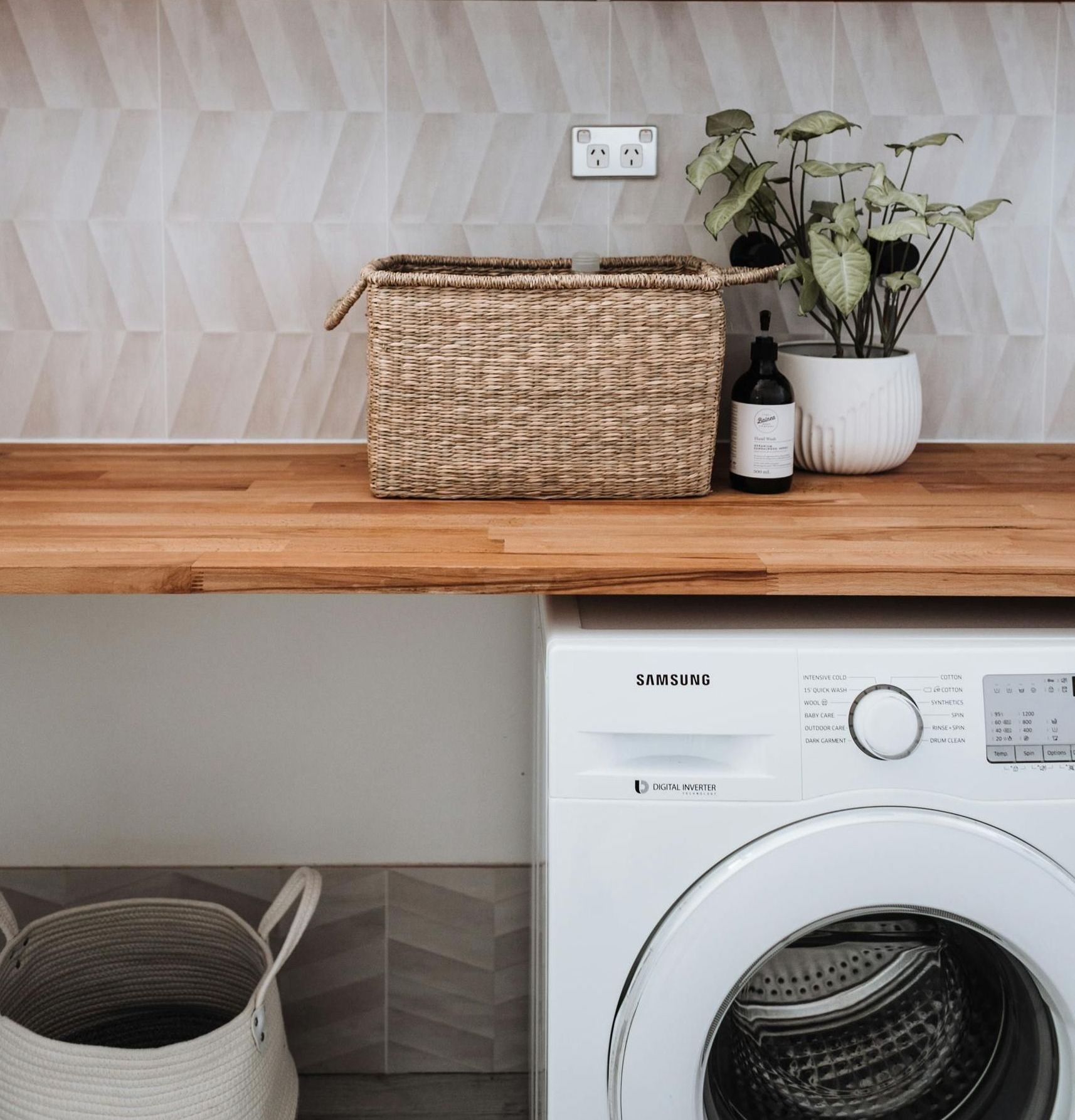
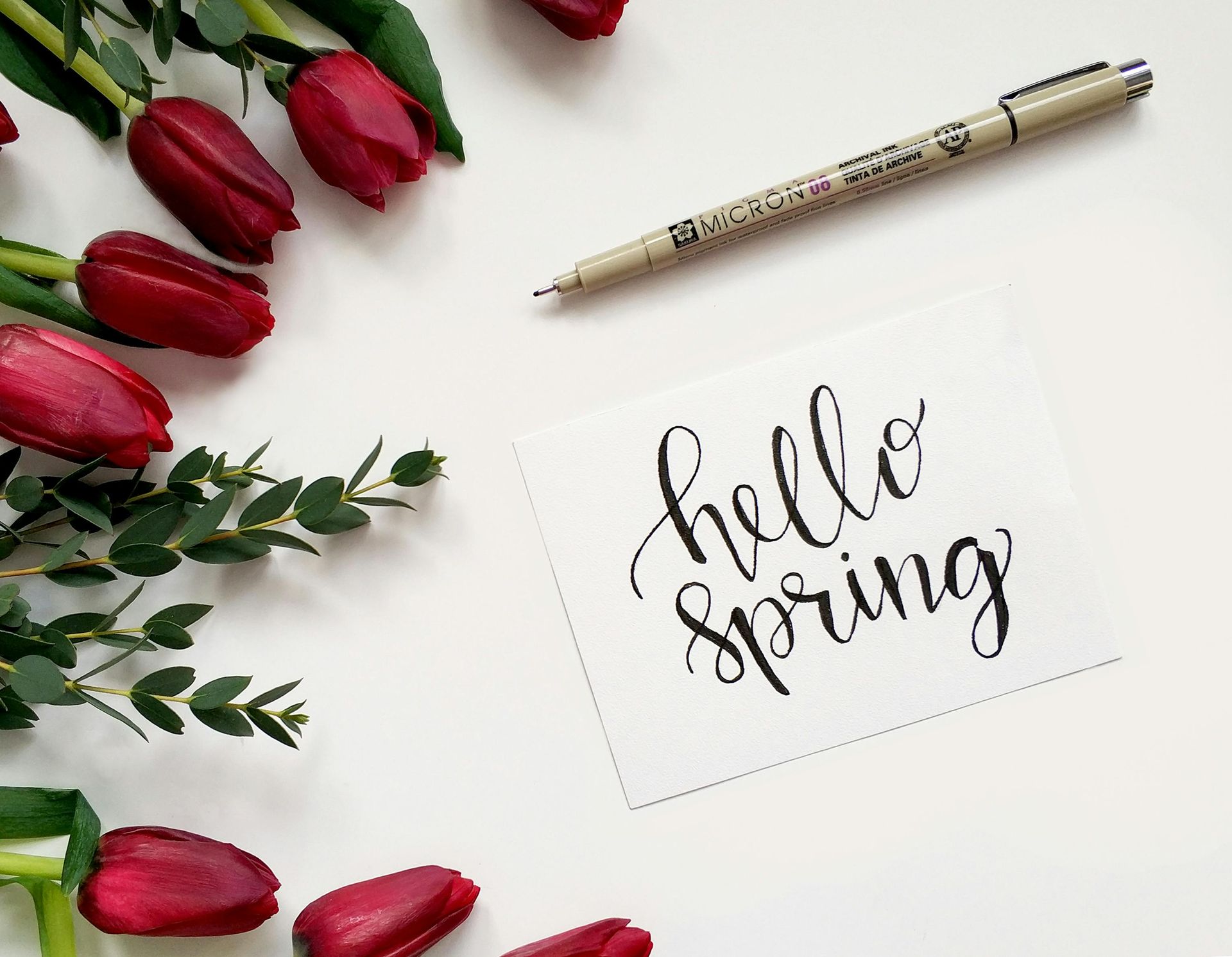
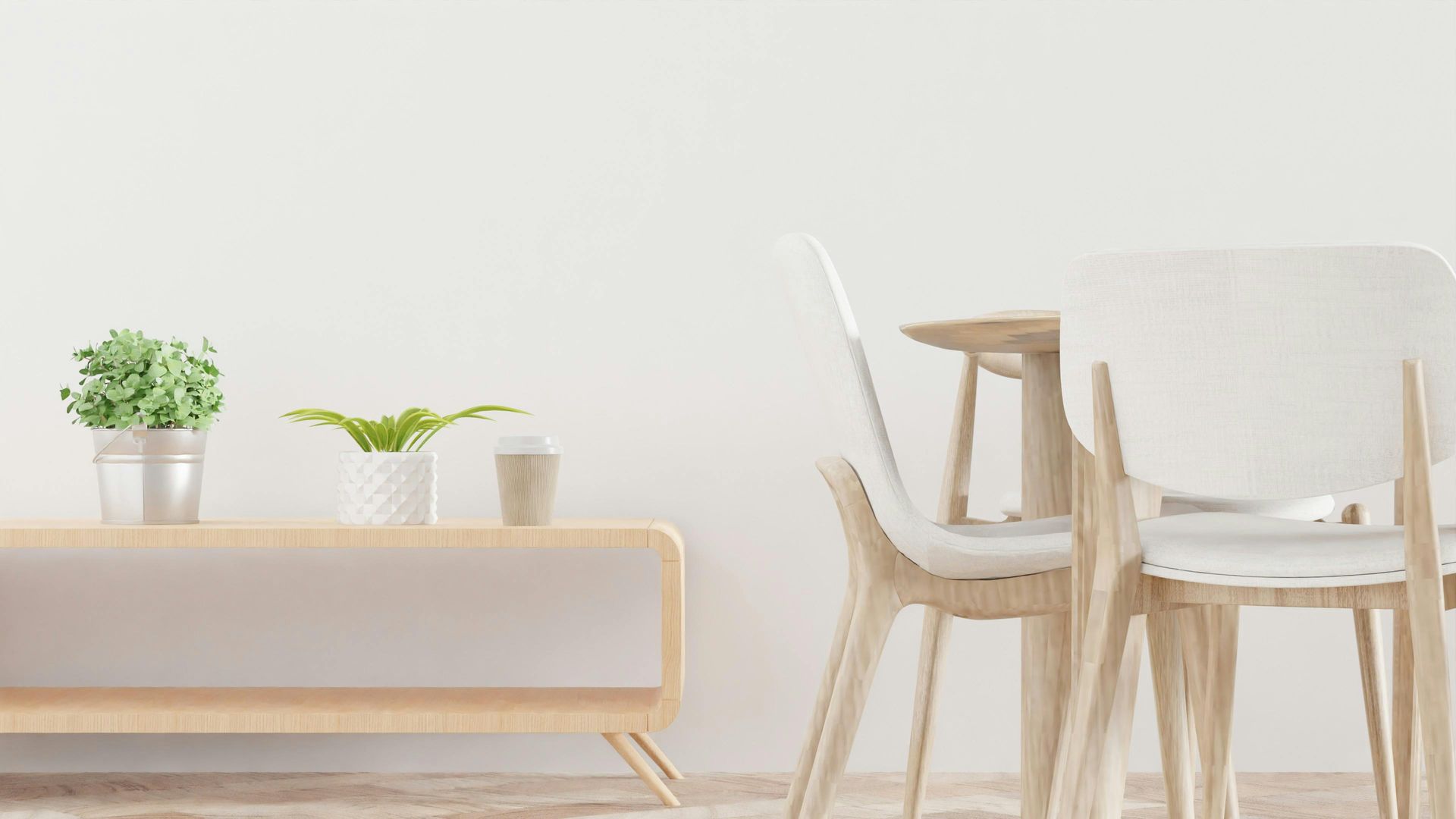
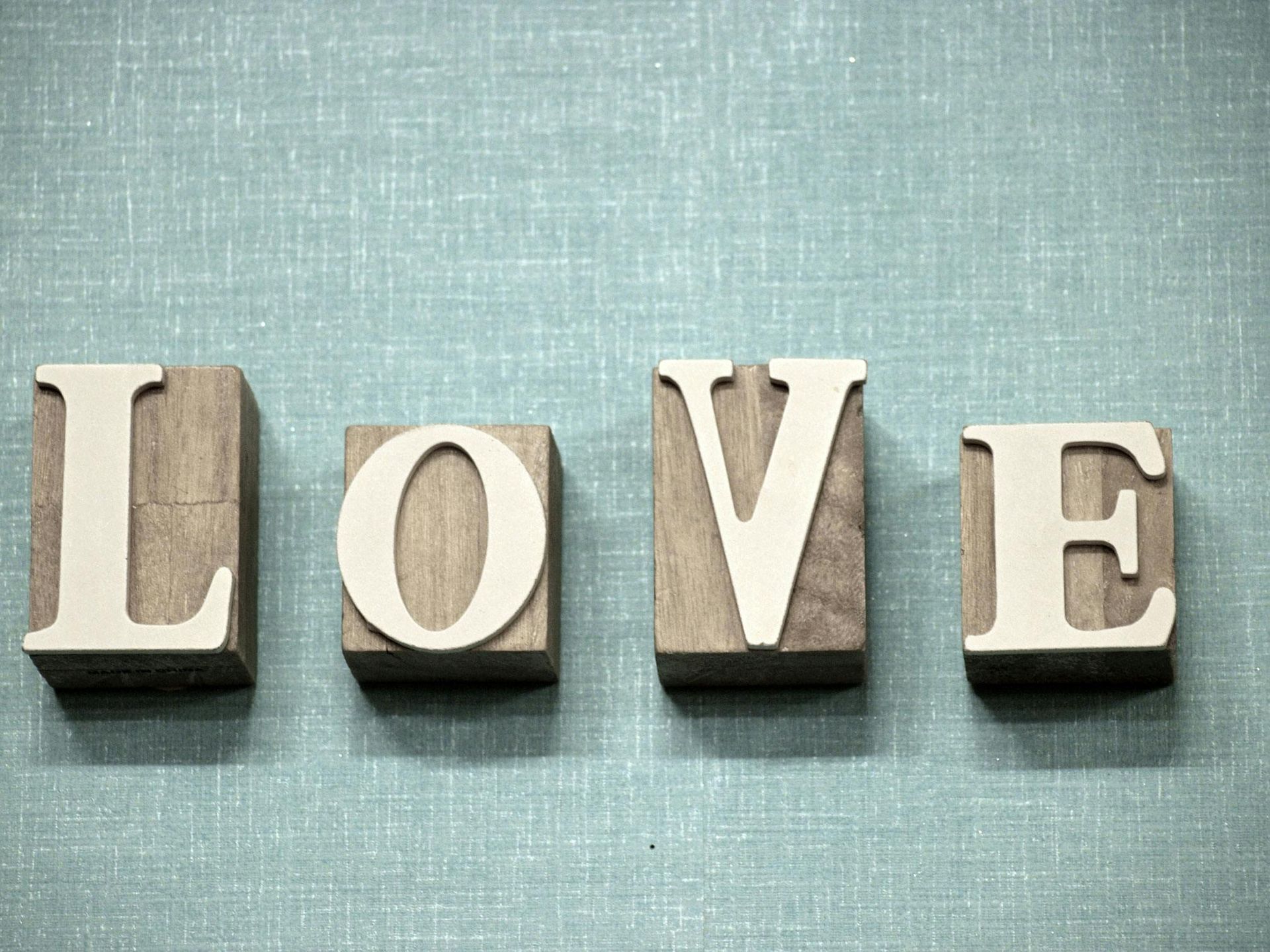
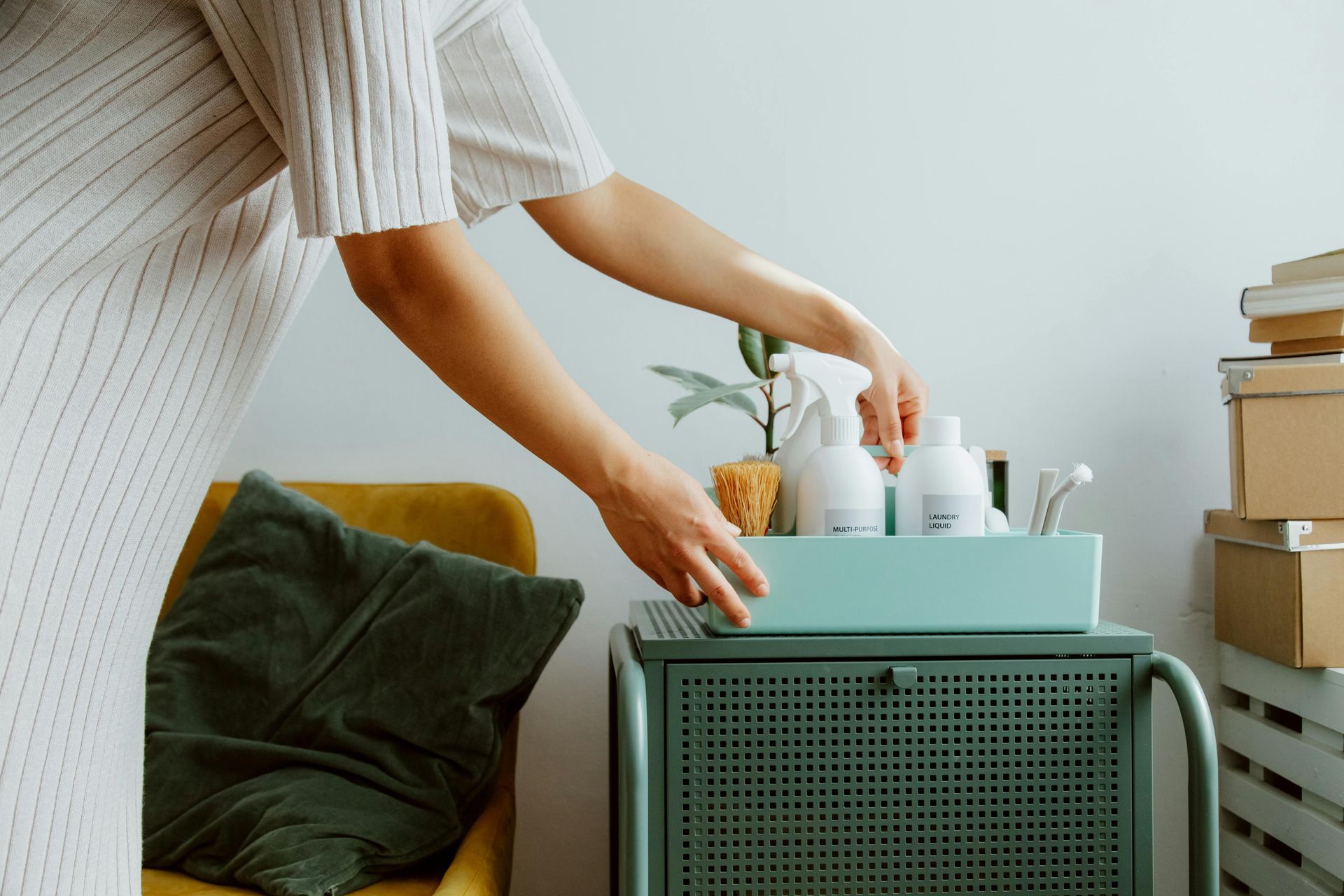

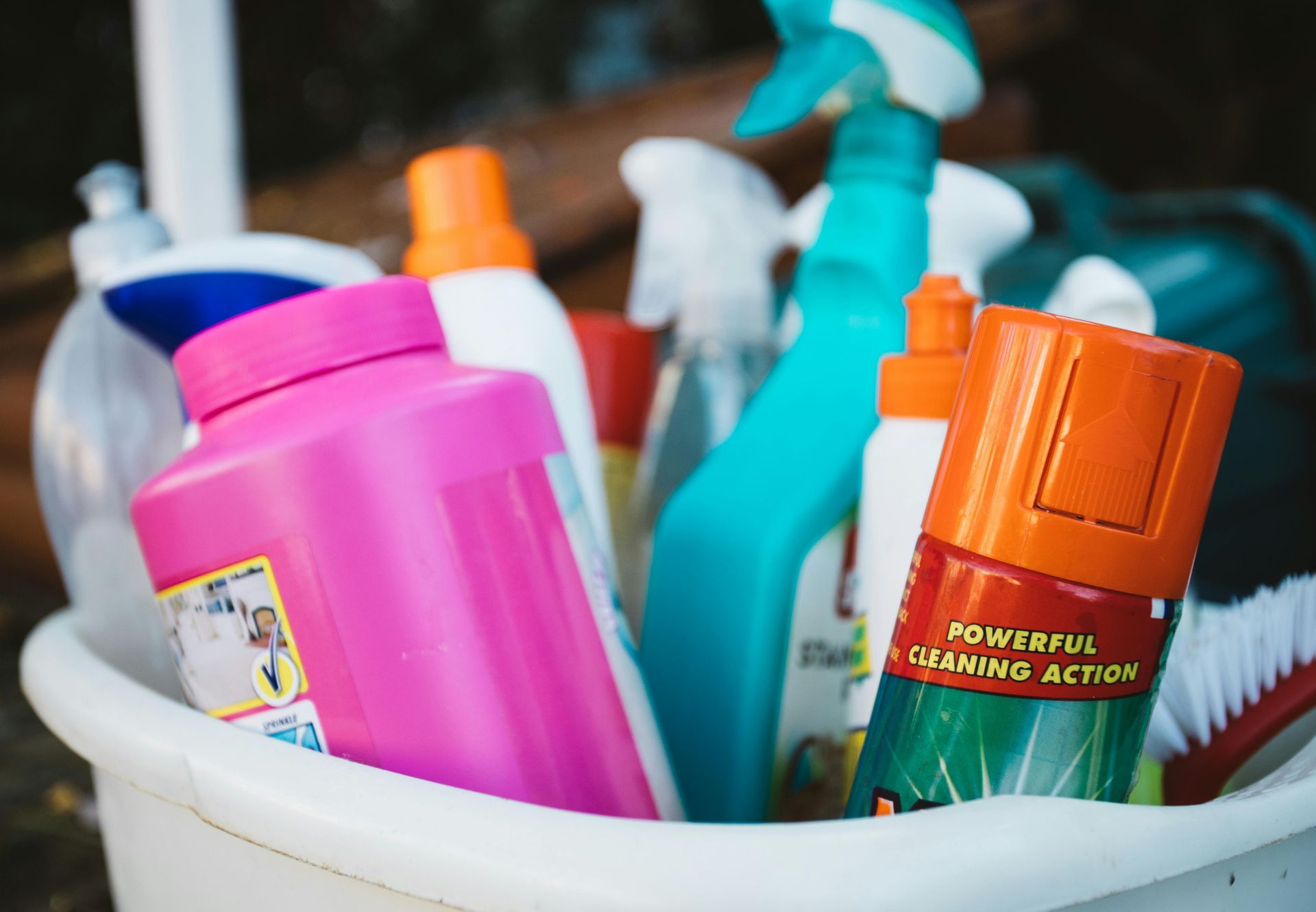
View Our Locations
Contact us

© 2025 All Rights Reserved
